Feeding plants with yeast: recipes, application and contraindication
Correct fertilizer a plant is a fundamental factor in its development, fertility and longevity. Every summer resident and gardener notes the positive effect of using balanced and well-chosen supplements.
Content:
- General information about plant nutrition
- Yeast fertilizers
- Yeast dressing recipes
- The use of yeast dressings
- Contraindications in plant feeding with yeast
General information about plant nutrition
Recently, more and more attention is paid to organic fertilizers, which you can always prepare yourself. There is also a wide range of such products available in gardening stores. Undeservedly forgotten, but at the same time very simple and useful feeding can be used both in a summer cottage and in a personal flower garden.
Natural fertilizers include manure, peat, bird droppings, wood sawdust, green manure and so on.
At each summer cottage with experience, there is a compost pit, where all the remains of plants and fruits are thrown off. After a while, as a result of decay, an excellent fertilizer... Also in horticulture, solutions of chicken manure and mullein are often used.
In various doses, such fertilizers are applied under the roots as fruit herbaceous plants such as tomato or eggplantand for trees and bushes. Yeast is one of the effective additives.
Yeast fertilizers
Yeast is a common food product in everyday life, often used in the production of bakery products, kvass and other products. They can be purchased at any major store or supermarket.
Our ancestors used them in the process of fertilizing the plants they planted, since yeast is an excellent source of nutrients, amino acids and trace elements.
Thanks to the popularization of organic farming, yeast feeding is gaining in popularity. They increase the plant's hardiness, accelerate growth and improve root formation. Under the influence of such dressings, the soil is saturated with nitrogen, potassium and phosphorus due to the acceleration of organic processing processes.
Yeast dressing recipes
There are several ways to prepare plant nutrient fertilizer. Yeast dressings are prepared from wet or dry yeast, as well as without their participation, using wheat starter cultures. In each case, you need to observe the correct proportions so as not to harm the plants. It is also worth remembering that yeast works better in warm water and the reaction is more efficient and faster in warm soil. It is worth paying attention to this factor, since if it is not observed, the process may not go at all.
Recipe number 1:
- The first solution is obtained by mixing 10 g of dry yeast, 10 liters of water and 5-7 tablespoons of sugar. This is necessary to start the fermentation process.
- To enhance the effect feeding you can also add half a kilogram of wood ash and chicken droppings to this solution.
- You need to insist at least two hours.
- Then the solution is diluted in a ratio of 1/10, and only then can it be watered. R
- It is recommended to apply top dressing not directly to the trunk directly, but to process the near-trunk zone.
Recipe number 2:
- The second top dressing can be prepared from one kilogram of wet yeast and five liters of water.
- This solution, like the first one, must be insisted, diluted in a ratio of 1/10 and only then added to the soil.
Recipe number 3:
- Yeast supplements can be made from wheat or hops. 1 kg of wheat grains must be soaked for 24 hours for swelling and pecking.
- Grind the grains using a blender or meat grinder.
- Then add 5-6 tablespoons of sugar and a small amount of flour, bringing the consistency to the state of thick sour cream.
- Next, simmer for 15-20 minutes, let cool and leave to start the fermentation process.
The use of yeast dressings
Like any kind fertilizers, yeast feeding is suitable for most plant species, but not for all. The maximum effect is observed in plants for which a strong root system is very important for good fruiting:
- Among the most suitable plants, it is necessary to highlight tomato, cucumbers, perc, eggplant, beans.
- Roots such as radish and carrot They develop much better and bring a larger, and most importantly, an earlier harvest.
- It also improves the development and productivity of sunflower.
- All melons and gourds develop and develop better with proper and timely yeast fertilization.
- For seedlings the first fertilization is best done a week after planting, thereby improving the process of root development. The next top dressing is done before the beginning of the flowering period to saturate the soil with minerals and trace elements.
- It is not recommended to feed potato... Tubers become too loose and poorly stored. It is also better not to fertilize with yeast solution. garlic and onion.
- The positive effect is observed not only on garden plants, but also on indoor plants.
- You can also feed fruit trees and shrubs.
Contraindications in plant feeding with yeast
Along with a lot of positive characteristics, yeast dressings also have negative properties. When this fertilizer is applied, the soil loses a lot of potassium and calcium, so it is recommended to additionally add wood ash and eggshells.
It is considered optimal 2-3 feeding with yeast per season.
Fertilization and top dressing it is a habitual annual process that is necessary for good growth and development of plants and fruits on them. A wide variety of species makes it possible to choose the required amount and quality of the additives for each plant.
More information can be found in the video.



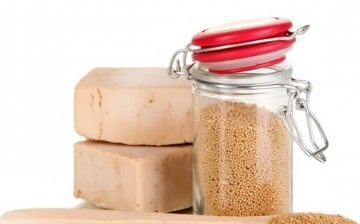
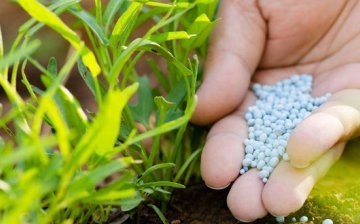
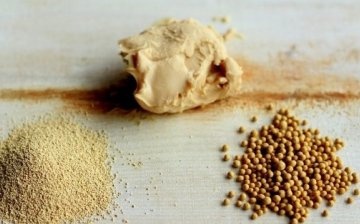
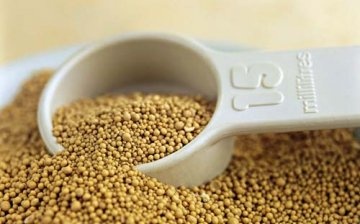
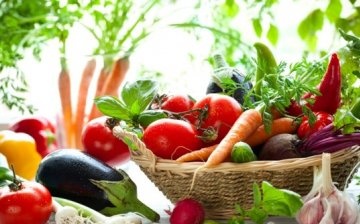







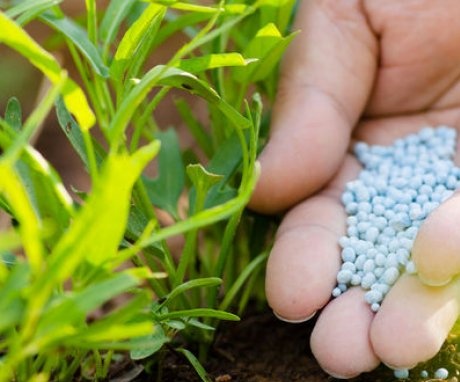
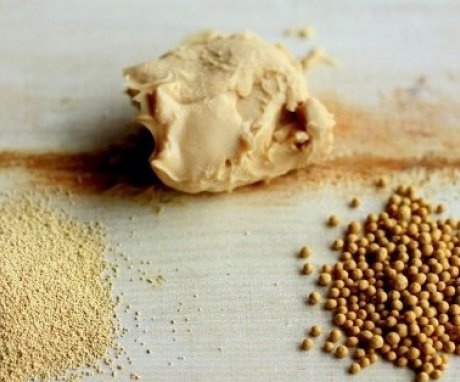
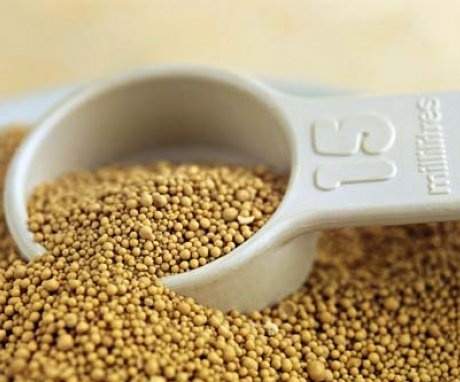
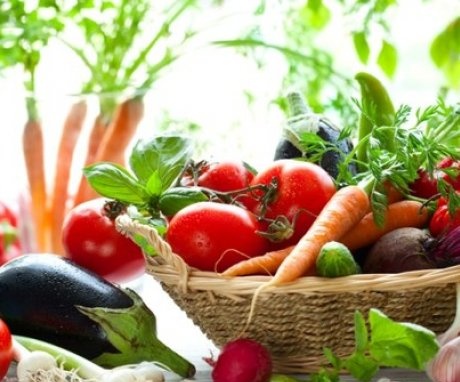
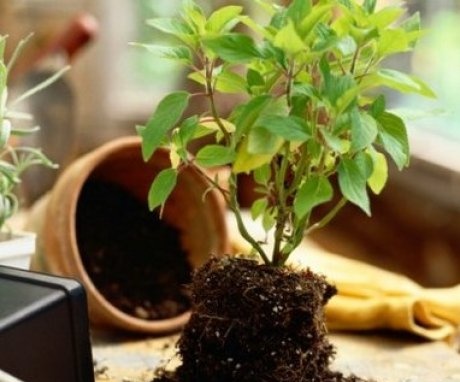
Thank you for the information, but there is not a word in the article about feeding flower and ornamental crops with yeast.